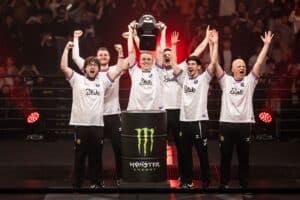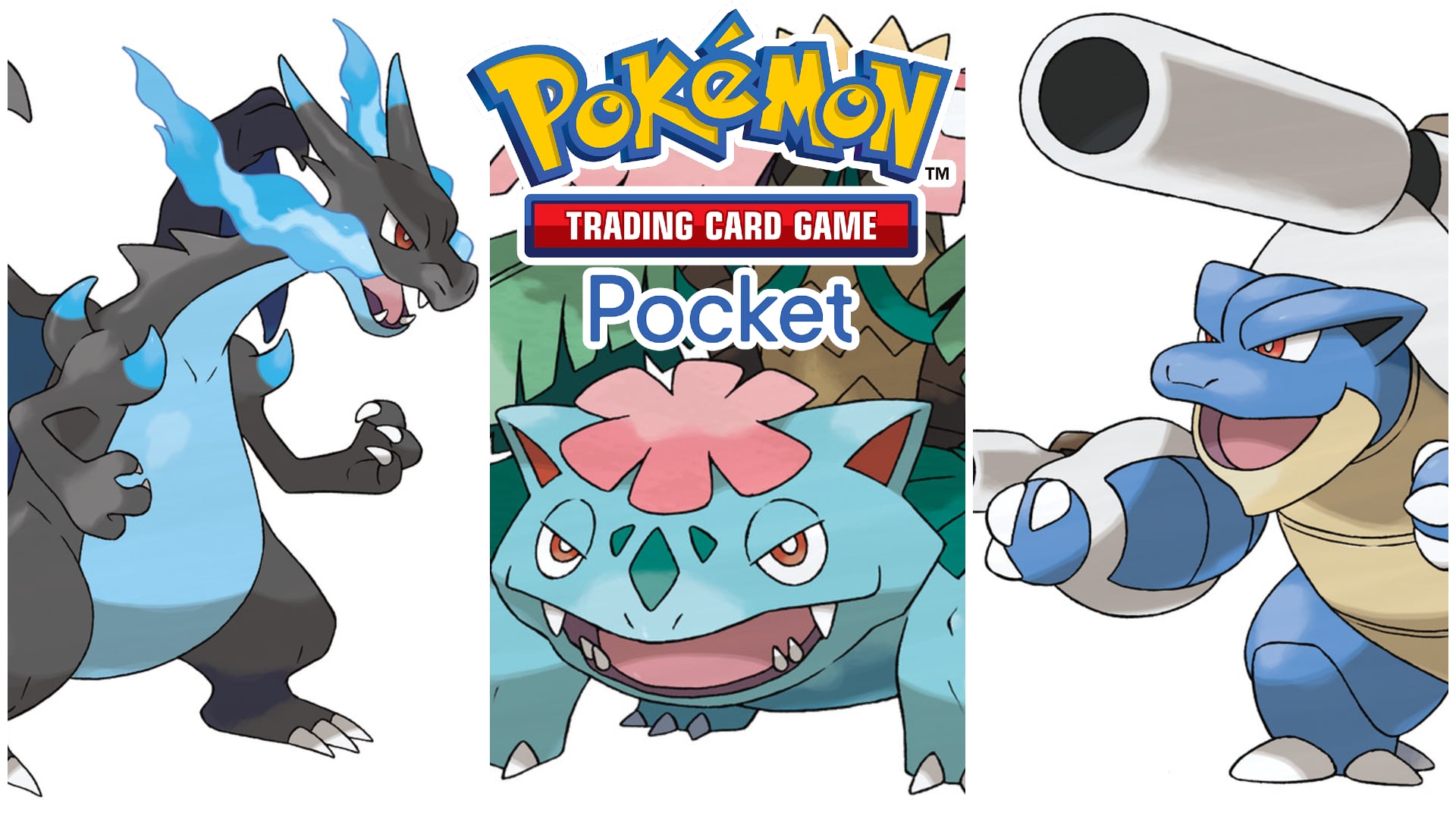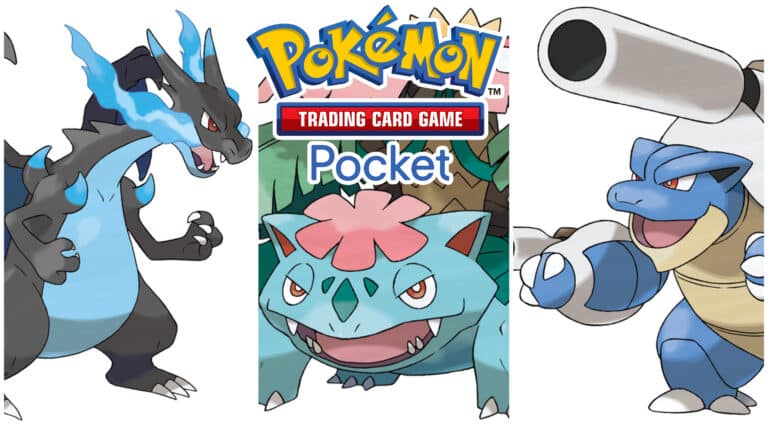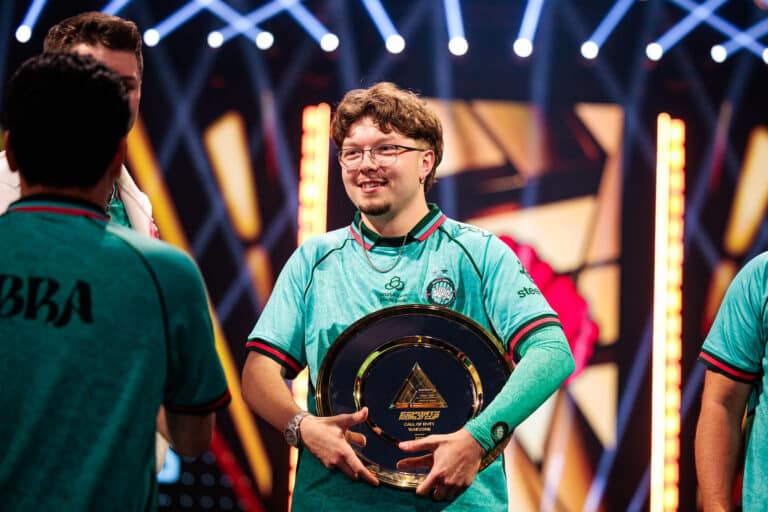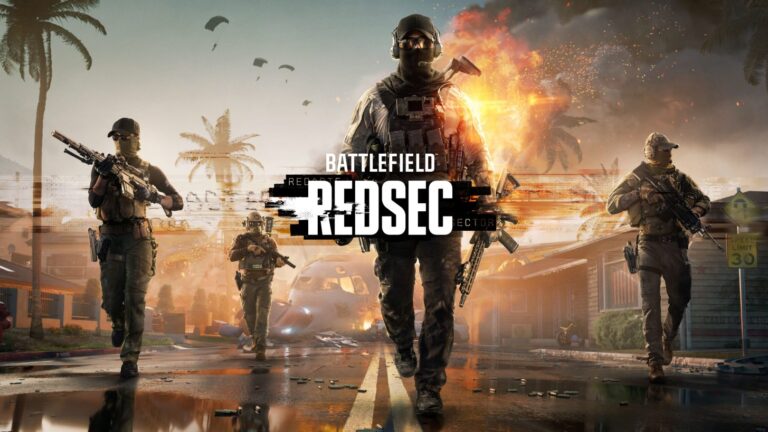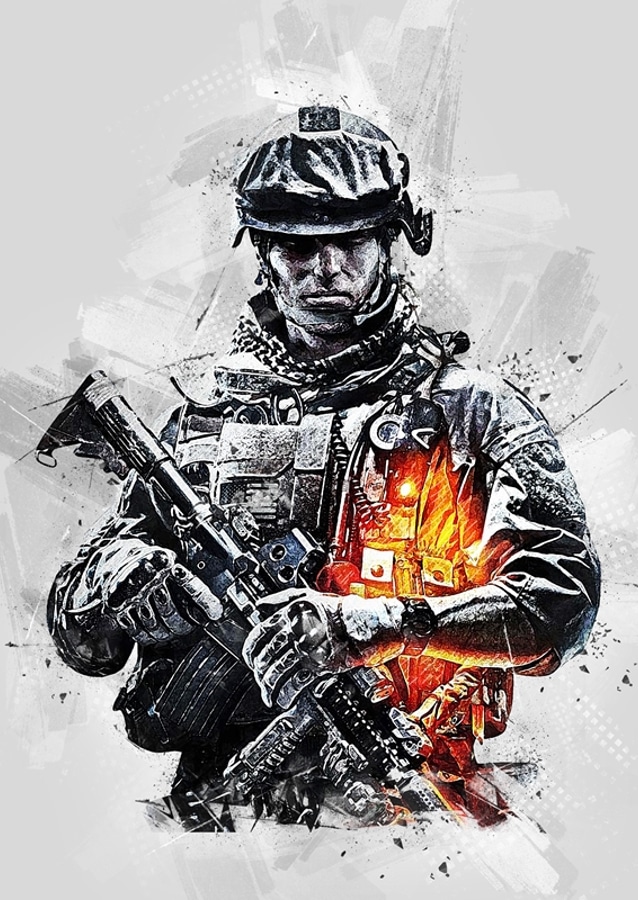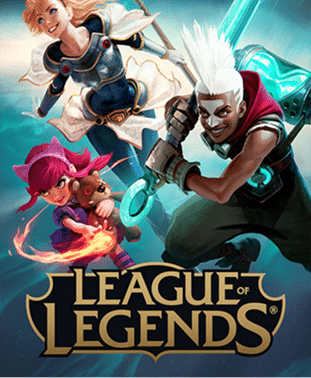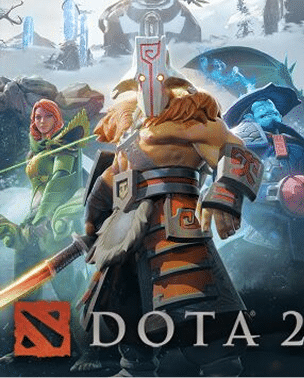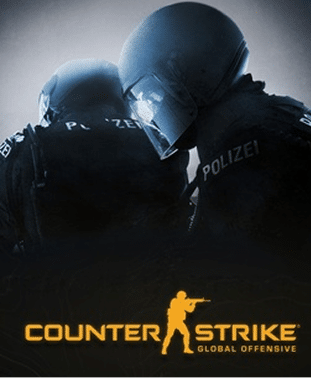LEC salary cap implemented as Riot officially announces new financial regulations, fees to support tier 2 LoL esports
Dom Sacco, Senior Editor
Last Updated: 28/05/2025
An LEC salary cap has today been announced as Riot Games looks to ‘support the long-term financial stability and competitive balance’ of the League of Legends EMEA Championship.
The league will introduce new financial regulations – known as Sporting Financial Regulations (SFR) – for the start of the 2024 League of Legends (LoL) esports season.
The LEC SFR will encourage teams to maintain the total sum of its five highest-paid player salaries below a certain annual threshold, with teams exceeding the threshold having to pay an excess fee (SFR Fee), some of which will go towards tier 2 League of Legends esports. We’ve reached out to Riot to ask how exactly this will support tier 2, and we’ll update this article if we receive a response.
This annual threshold, or LEC salary cap, is reported to be around €2m according to Alejandro ‘anonimotum’ Gomis, who first broke the news for Blix. And Esports News UK understands this amount will change each year.
The LEC said it seeks to ‘create a financially sustainable environment for its pro players, partnered teams, and the league itself, allowing all parties to grow at a healthy and scalable pace, and protect the ecosystem from unsustainable spending practices’, in this post on the LoL esports website.
‘In addition, the framework will support the league by creating a better competitive balance and more engaging competition, further enhancing the experience for players and fans’.
“In the current economic climate, we are dedicated more than ever to creating a sustainable future for our players, teams, and the LoL Esports ecosystem in EMEA as a whole,” said Maximilian Peter Schmidt, Director of League of Legends Esports, EMEA.
“The LEC SFR, which will come into effect from the beginning of the 2024 Season, is one way in which we’re continuing to work towards our goal of long-term financial sustainability.”
Maximilian Peter Schmidt, Director of League of Legends Esports, EMEA
“By doing this, we aim to encourage teams to operate more sustainable businesses to provide job security for players and ensure we serve our fans for decades to come.”
How the LEC salary cap Sporting Financial Regulations system works
Riot Games said SFR will encourage each team to maintain the total sum of salaries (known as SFR Spend) paid to the top five highest-paid players in a team within a certain range.
The range includes both an upper spending threshold (SFR Threshold) and a lower spending threshold (SFR Floor), with the lower spending threshold amounting to 50% of the SFR Threshold.
The SFR Threshold is calculated based on a number of considerations, including LEC player salaries, League Revenue Pool of the current and forecasted years, team financial data – such as revenue and expenses – and other market indicators.
Teams that exceed the SFR Threshold will be hit with an SFR Fee. This means if the sum of the top five players’ salaries exceeds the SFR Threshold, the team has to pay 50% of the excess to the League as an SFR Fee. If the sum exceeds 150% of the SFR Threshold, the team has to pay 100% of that excess to the LEC as an SFR Fee.
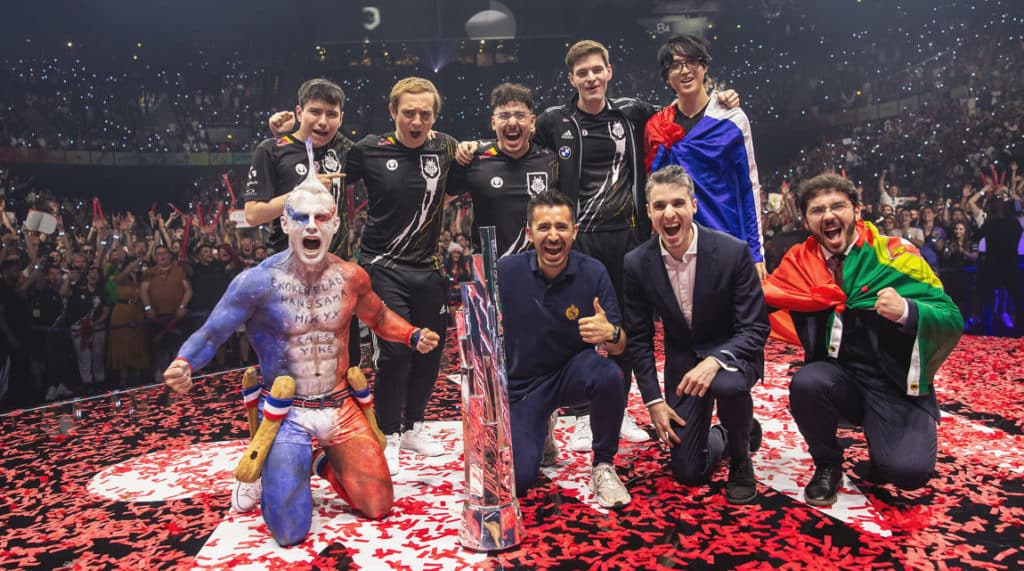
Riot says half of the fees collected by the LEC will be distributed to LEC teams that comply with the ‘Team Floor”’ and the ‘Threshold’ rule, while the other half will be distributed to support the EMEA LoL Esports tier-two ecosystem.
An exception will be made to teams ‘if a player enters into a contract with the team either during or before the end of the 2023 LEC Season Finals’. In this instance, the SFR Spend will be reduced by one-fifth of the SFR Threshold or the actual salary amount; whichever is lower, Riot said.
The LEC salary cap policy will be introduced starting from the 2024 LEC Global Contract Start Date (Tuesday November 21st 2023), with the first cycle running until the 2024 LEC Global Contract End Date (Monday November 18th 2024).
Explore Our Trusted Gaming Resources
Discover essential guides to UK casino sites, betting platforms, and crypto casinos — updated for this year.
- UK Best Online Casinos for 2025
- Best Crypto Casino Sites
- Top Online Betting Sites 2025
- No KYC Casinos UK
- Non Gamstop Casinos UK
Dom Sacco, Senior Editor
Dom is an award-winning writer and finalist of the Esports Journalist of the Year 2023 award. He has almost two decades of experience in journalism, and left Esports News UK in June 2025. As a long-time gamer having first picked up the NES controller in the late '80s, he has written for a range of publications including GamesTM, Nintendo Official Magazine, industry publication MCV and others. He also previously worked as head of content for the British Esports Federation.
Stay Updated with the Latest News
Get the most important stories delivered straight to your Google News feed — timely and reliable
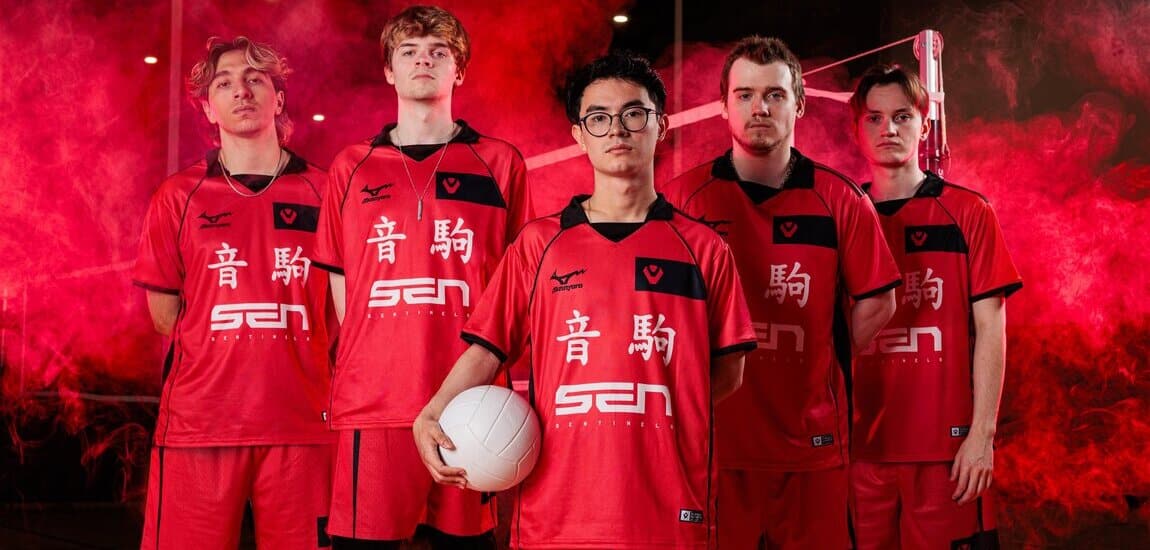
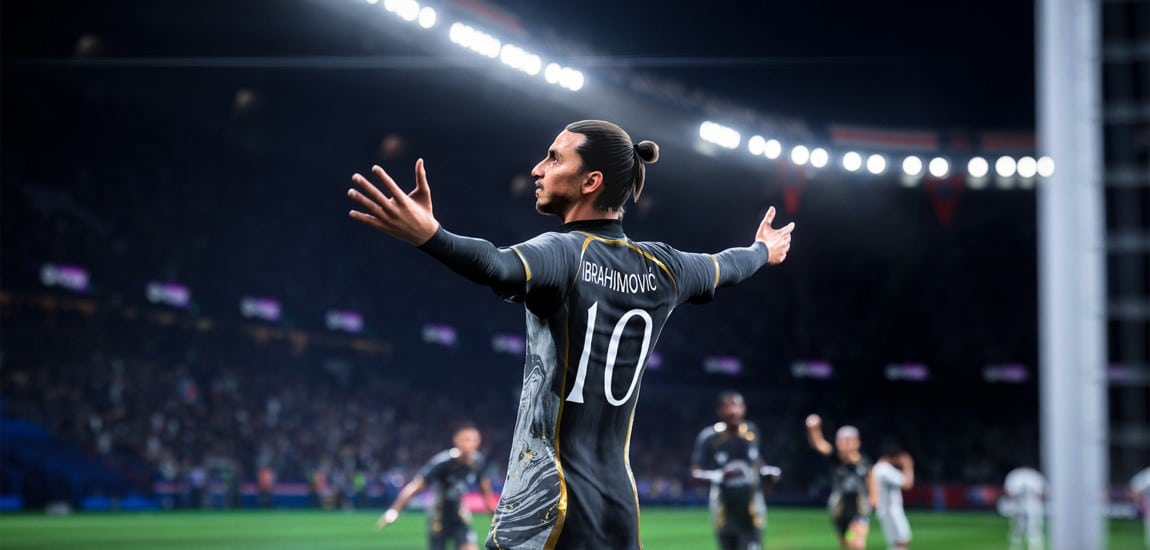
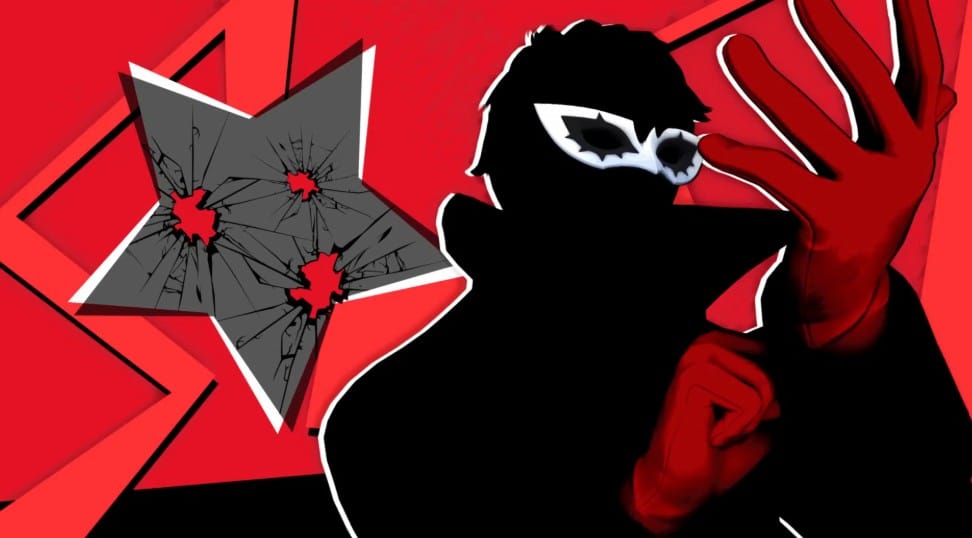
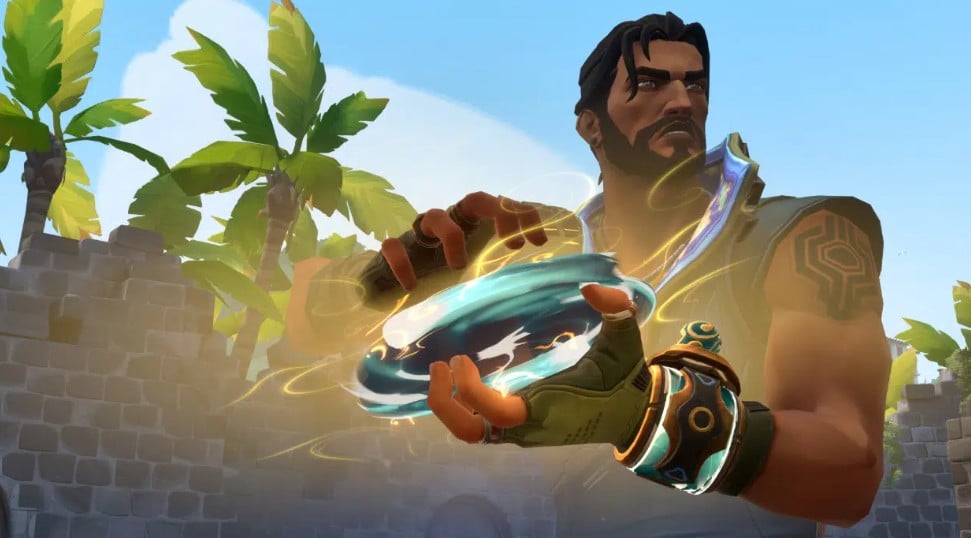
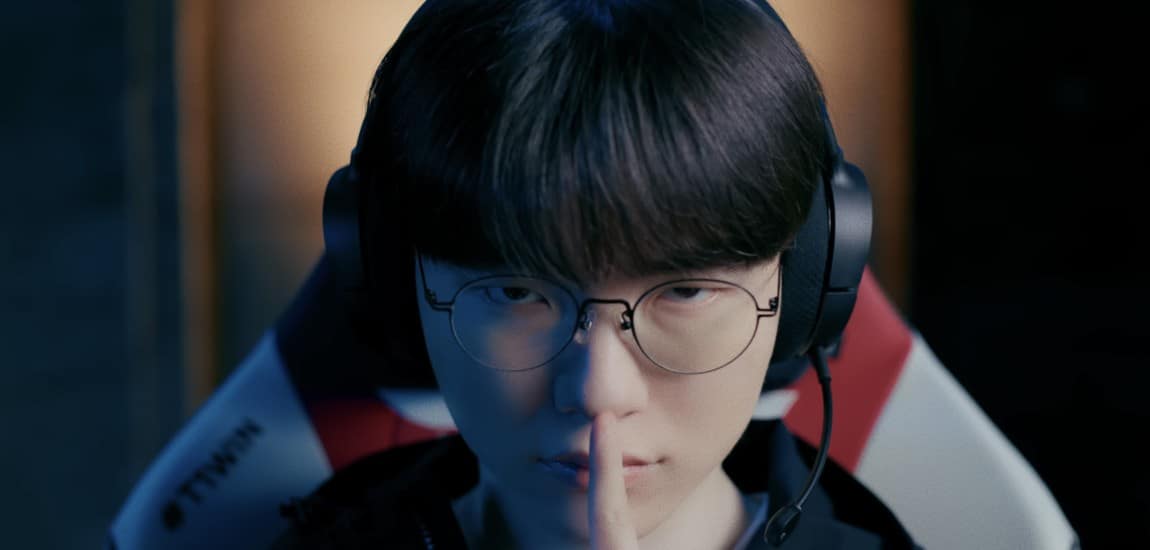
From breaking news and in-depth match analysis to exclusive interviews and behind-the-scenes content, we bring you the stories that shape the esports scene.
Monthly Visitors
User Satisfaction
Years experience
Trending Stories
